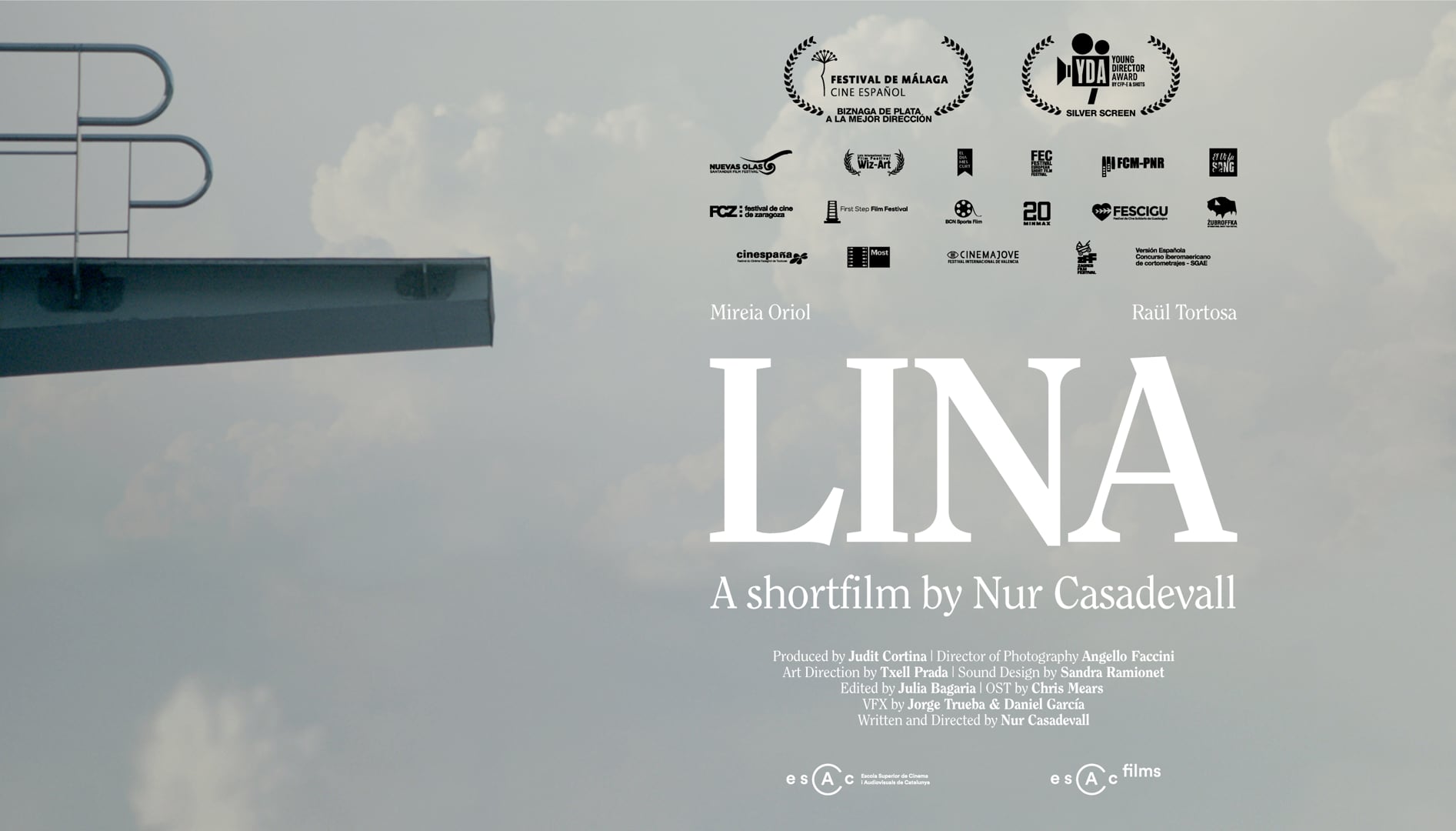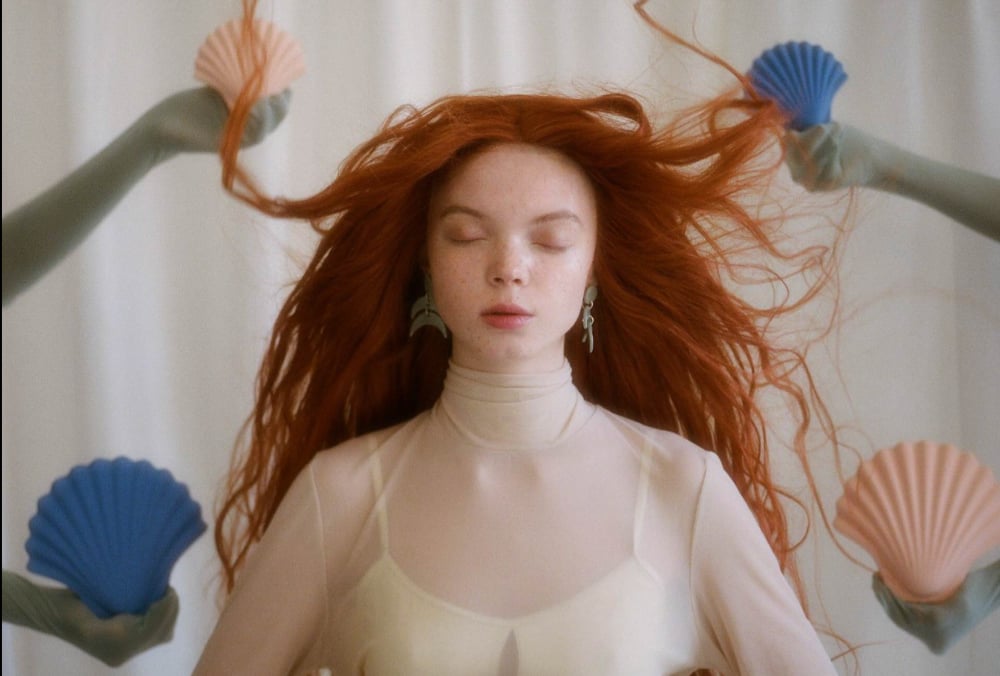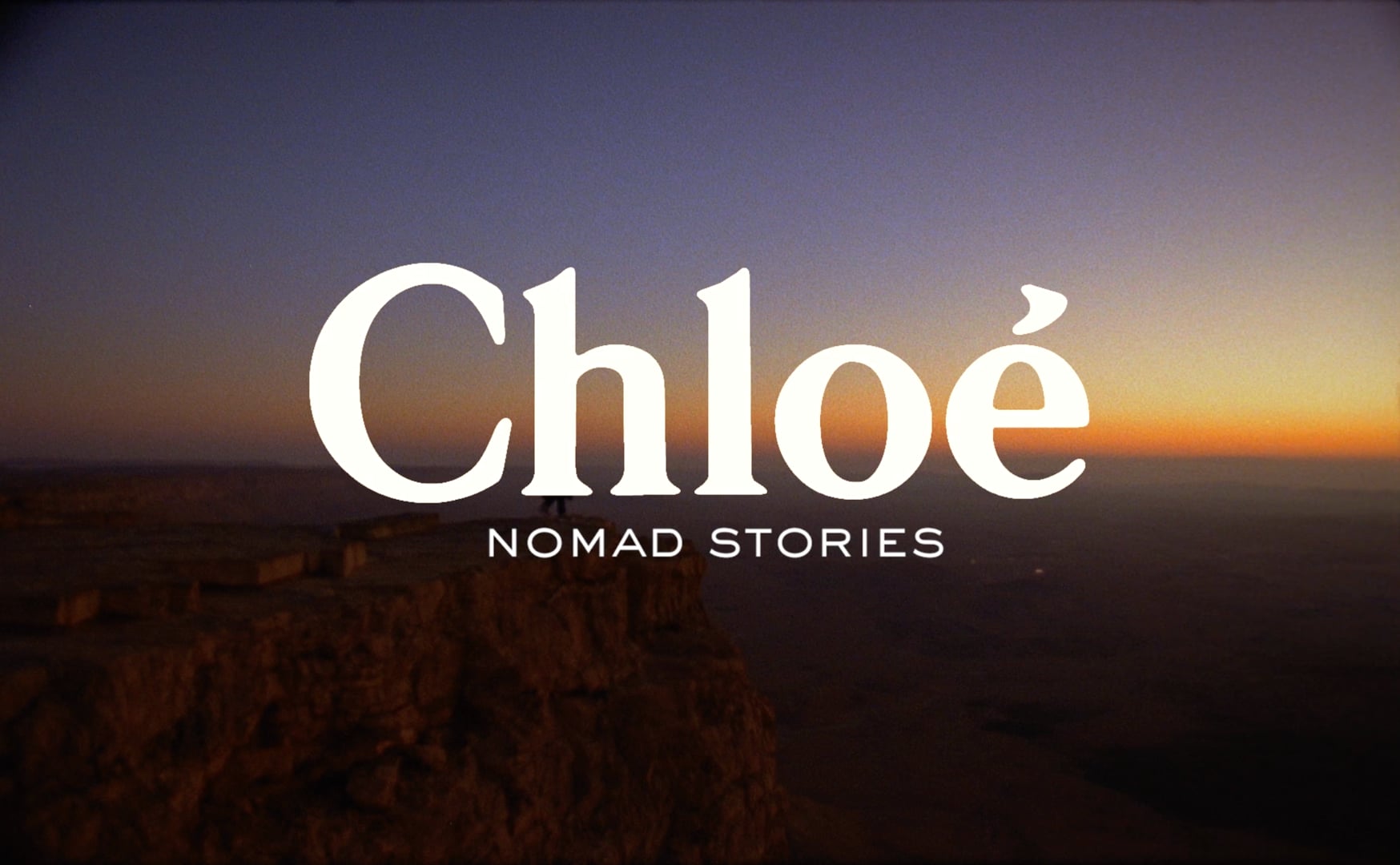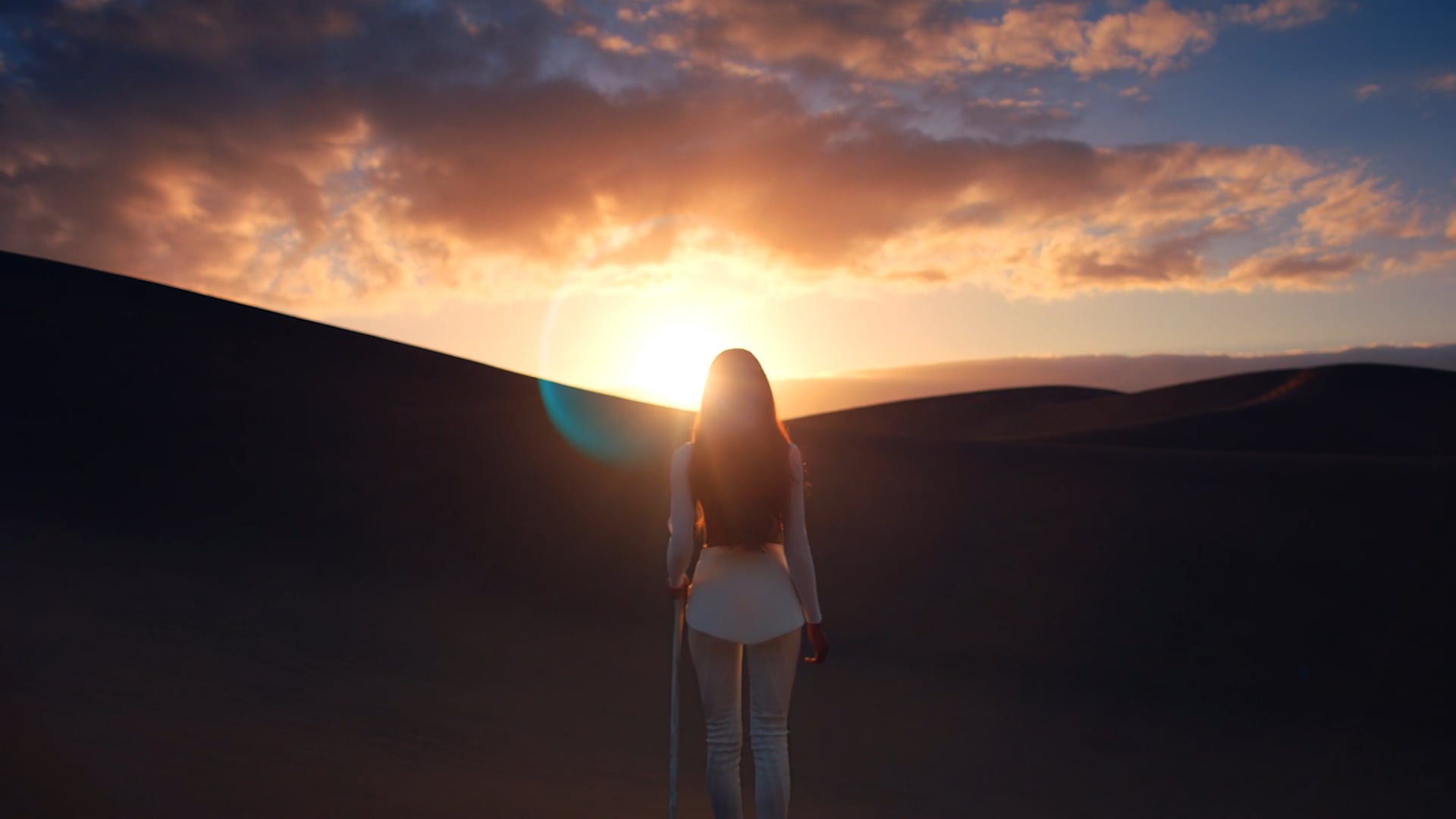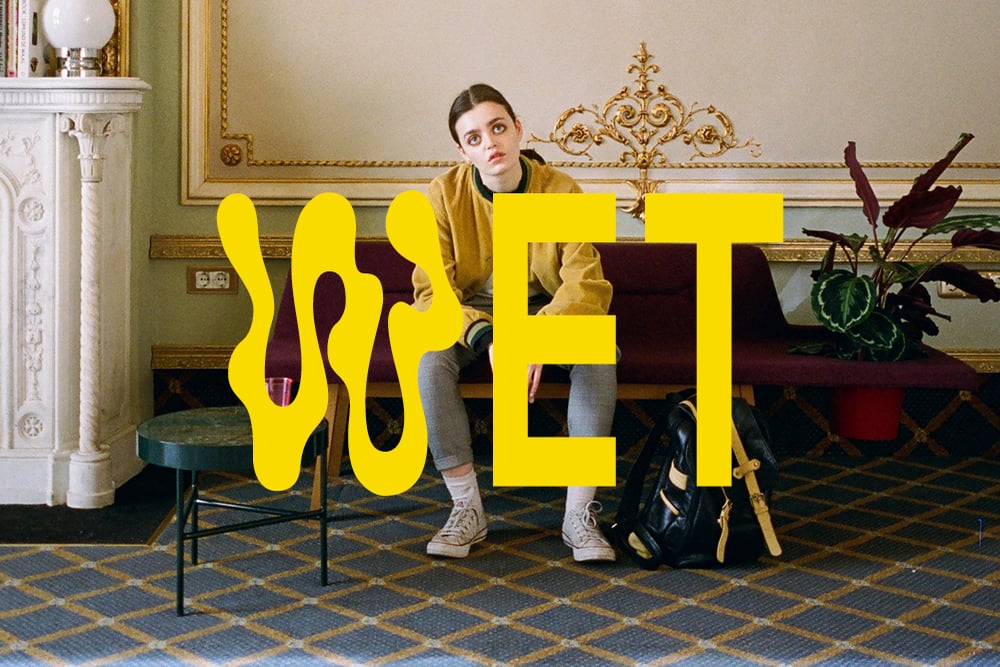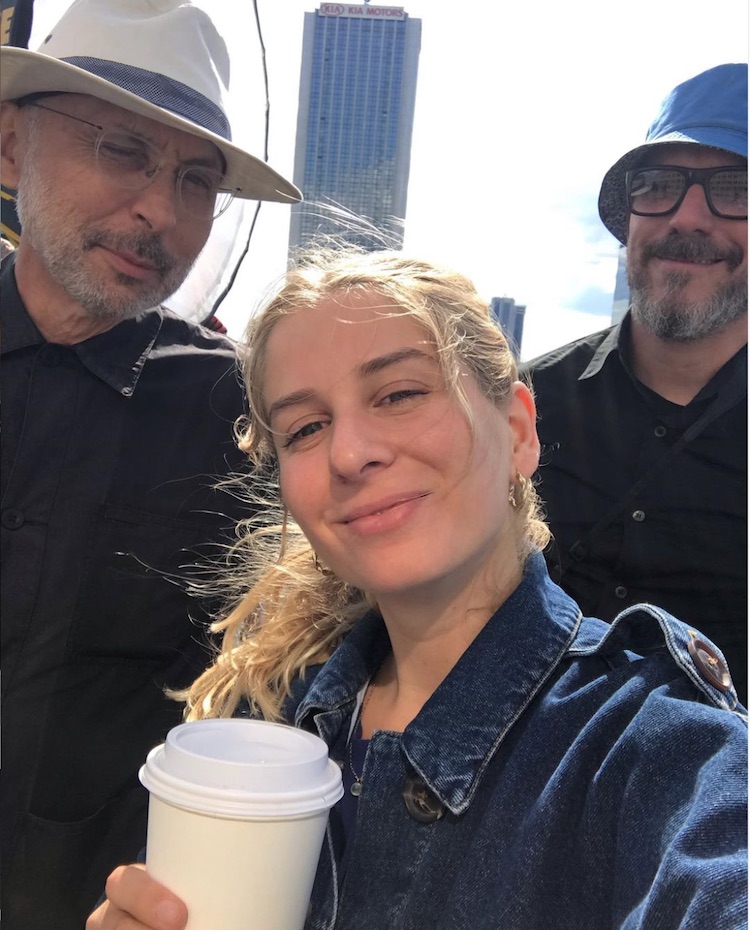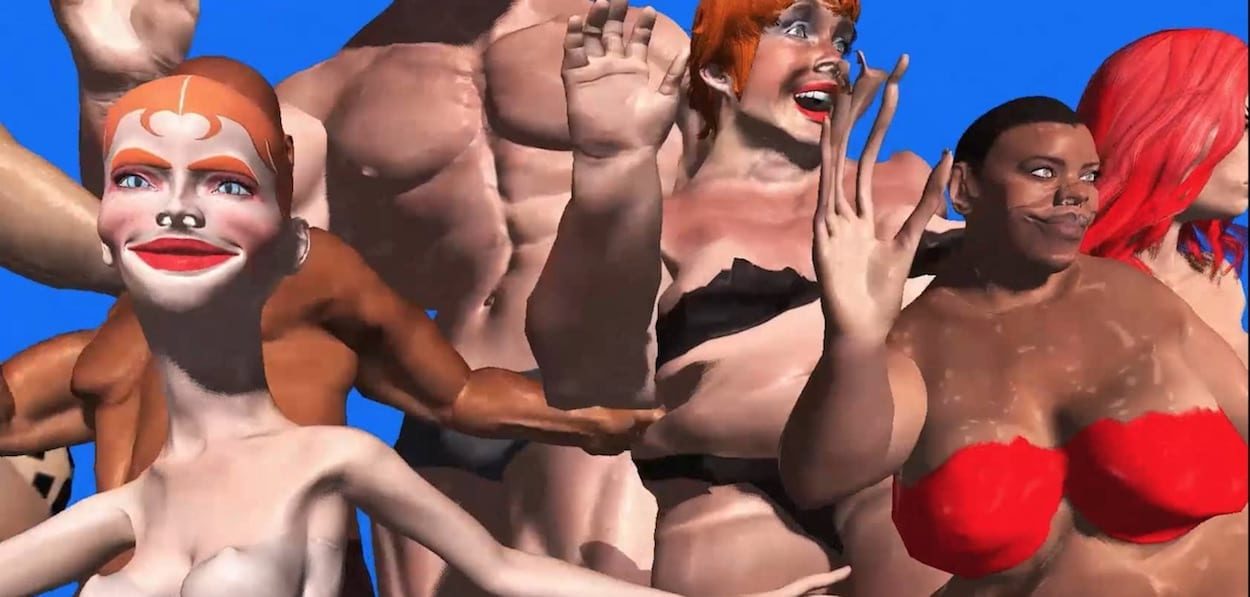Cinematographer Benoit Delhomme, Nur and Arno Roth
We are still holding our breath from your disturbing yet utterly beautiful film Lina, which you directed a couple of years ago. Do you feel that this piece was a breakthrough for you?
This was the final project of my degree. It was an important landmark for my career as a director. A very intense process, hard at some points… but I’m grateful for the experience.
Lina worked well at festivals and awards, winning Best Direction at Malaga and Cannes Young Directors Award was very special. It empowers you when you have complete control over a piece and the results happen to be that positive.
Since then, your work whether it’s commercials, fashion, music videos or short films can’t be pigeon-holed. There is everything in the mix – quirky tales, choreography, straight stories. How would you sum up your aesthetic?
That’s a difficult question for me. I believe that when you are working on commercials you need to understand the brand and then decide the most appropriate aesthetic for it.
A brand can have an aesthetic that is completely different from the one you use in your personal projects, but that doesn’t mean you can’t make it work well. You, as a director, need to get inside its imaginary and aesthetics and then find what I call the equilibrium, bringing the best of you to their very own language.
Which piece is your favourite and why?
Lina, Chloé, Mugler’s Alien, How To Be A Mermaid?… Every piece has something that makes it impossible to choose just one. Every project brings its very own good memories. I like something in each of them.
How to be a Mermaid is one of our favourites. Please tell us how that came about.
How To Be A Mermaid was made with very little budget, it was all about a group of friends who decided to do a project for fun.
When I was old enough to read myths like the Odyssey I realised that mermaids were not the idyllic beings that I was obsessed with during my childhood. I dreamt of being one, and this piece is an homage to what mermaids meant to me before I grew up.
What triggered your desire to make films? Did you study filming or have you learnt by observing? Were you obsessed with anything in particular?
I started really early. When I was a kid my mother gifted me one of the first digital cameras of the time – I think it was a MiniDV and I started to record my loved ones; friends, family… That’s maybe the reason I ended up studying film at university.
If I’ve ever been obsessed about something it must be the beauty and charm cinema has, its ability to create dreamlike scenarios.
You’ve recently directed a series of fashion films including for Mugler and Chloe – is fashion something you’d like to explore more?
Yes, definitely. I do really love fashion, and I do enjoy all the different paths and creative worlds it offers.
Can you tell us please about your usual creative process from getting a brief – how do you visualise your ideas, for instance, in words or sketches?
You may not need paper or pen to visualize them, but you need the discipline to transform ideas into something you can share. There is not only one way to communicate that, and there is not only one way to begin. Every project has its own way.
Where do you look for creative inspiration?
To be fair I look everywhere! It sounds a little bit obvious but it’s true. I can be inspired by waiting for a train or while having lunch with my family. Ideas pop up and you have to be ready to let them flow on every occasion.
What are you currently working on?
I’m now finishing a piece for Samsung, it’s starring a great Spanish actress, but I can’t say much about it yet. It should be out soon.
I can talk you a bit more about ‘This is power’, my latest campaign for Violeta by MANGO. I truly enjoyed the process and the challenge that supposed portraying the power of eight different women.
And, finally, what would your dream project be?
It has to be a feature film; I’ve just started writing my very first one.
LINKS:

